The ‘Encyclopaedia of Indian Temple Architecture’ comprises a vast research on the architectural features of Indian temples spread all over the Indian subcontinent. This encyclopaedic study is divided into forty-five chapters which delineate the various characteristics of temple architecture starting from the Gupta period (4th c.A.D.) to the Kashi Visvanatha temple rubuilt by Rani Ahilyabai of Indore (1776 A.D.). The work begins with an insight into the Indus Civilization that flourished in the Indus Valley region (now in Pakistan) with the two most important sites of Mohanjo-daro and Harappa revealing a marked degree of controlled urban planning. As for the temple architecture, the Imperial Guptas had established their sovereignty over almost the whole of northern India and the regular building of structural temples in brick and dressed stone started in their regnal period. The period under their immediate patronage fully deserve the name ‘The Golden Age’ of Indian art and the culture as aesthetic principles of architecture, sculpture and painting were formulated in their region. The Hindu temples evolved during that period with the basic features of the cella, the mandapa and the vestibule.
The book shows that there was tremendous progress in traditional temple styles as witnessed from Orissan temples (800-1200 A.D.). The temples of central India evolved from the northern Nagara type (6th cen.) to distinctive central India style (8th cen.). The construction of temples proliferated in Rajasthan simultaneously with Orissa and central India but Muslim invaders mutilated them beyond repairs. Gujarat temple architecture developed in richest temple building in North India under the Solanki dynasty. Jaina temples spread in South India are detailed. The book explores the Hindu and Jaina rock-cut temples which came in effect under the patronage of Chalukyas and the succeeding Rastrakutas and the contemporary Pallavas. An outline of the Vijayanagara temples at Lapaski is a notable example of the Vijayanagara style of architecture. The book further deals with the architectural style of the Kakatiya temples of Andhradesa. Besides the study of various temples of south India, the book focuses on the Brahmanical temple of Bengal. The building of Maratha temple was discouraged under Muslim rule for a period of three centuries. However, the religious and funerary temple of Nagpur were greatly favoured under Sivaji. The ancient city of Pratishan on the bank of the river Godavari is remarkable for the Hindu temple and monasteries. At last the book deals with the Golden Temple at Amritsar and the religious temples of Varanasi and other temples.
The work is further embellished with the inclusion of about 300 coloured plates beautifully printed on art paper and enriched with about 450 plans of the different temples.
ABOUT THE AUTHOR E Siva Nagi Reddy
Born at Vanveru in Guntur District in 1955, Siva Nagi Reddy, Under went a 4 year training in Traditional Sculpture and Architecture at Tirupati. He did his M.A., in Ancient Indian History Culture and Archaeology from Osmania University. Awarded the Degree of Doctor of Philosophy for his outstanding thesis on Evolution of Building Technology in Early Andhradesa (Upto the 14th century A.D.) from the Hyderabad Central University in 1995. He is associated with a good number of reputed and research organizations like the Indian History Congress, A.P. History, Academy of Art and Architecture, Archaeological Society of India, Indian Institute of Vastu etc. and has nearly 50 research articles published. Besides, he authored a book on Silpins in Early and Medieval Andhradesa’, Co-authored another book entitled Buddhist Inscriptions of Andhradesa. Eversince he joined in the Dept. of Archaeology and Museums, Govt. of A.P., as Asst. Sthapati Participated in excavations and transplantation of historical Temples from Srisailam Project area. He is currently involved in the Kakatiya Heritage project taken up by the Dept. of Archaeology. He was honoured and awarded the title Vastu Silpa Vachaspati at the 2nd International Seminar on Mayonic Science and Technology organized by Dr. V. Ganapati Sthapati at Trivandrum in January, 1997.
ABOUT THE AUTHOR K M Suresh
Dr. K.M. Suresh (B. 1952) presently working as Director (Museum) in the Kannada University, Hampi, Vidyaranya-583276, in Karnataka, obtained his Master's Degree from Karnataka University, Dharwar in 1974 and P.G. Diploma in Archaeology, from Institute of Achaeology, Archaeological Survey of India, New Delhi. In 1986. He obtained Ph.D., Degree from Utkal University, Bhubaneswar, Orissa, in 1992 on 'Sculptural Art of Hampi-Vijayanagara'. Since his inception in the Arachaeological Survey of India from 1976 to 1996, he served in various capacities in the Archaeological Museum at Bijapur, Hampi, Aihole and Badami in Karnataka and Khajuraho in Madhya Pradesh. He has been active field worker and excavator in the Excavation Branch IV or Archaeological Survey of India, Bhubneswar in Orissa. Dr. Suresh's other works are Sculptural art of Hampi-Vijayanagara; Saivite Sculptures of Khajuraho; Iconography of Vishnu from Khajuraho; Kandariya Mahadeva temple at Khajuraho; Karnataka Devalaya Kosha: Bellary District; Karnataka Devalaya Kosha: Koppal District; Hemakuta: Recent Researches in Archaeology and Museology (Shri C.T.M. Kotraiah's Felicitation Volume). Forthcoming works are Temples of Karnataka (Ground Plans and Elevation); Forts of Vijayanagara; Panchatantra; Facet Researched in Archaeology, (Dr. C.S. Patil's Commemoration Volume). He has contri-buted several research papers for leading Journals and Felicitation Volumes. He is member for many academic societies and a guide to Ph.D., scholars in the Kannada University, Hampi.

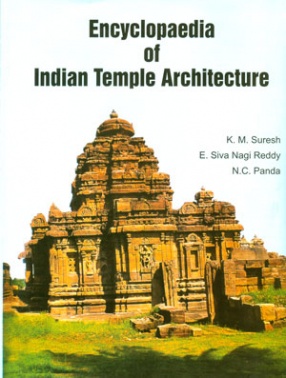
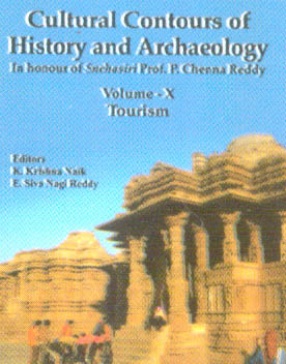
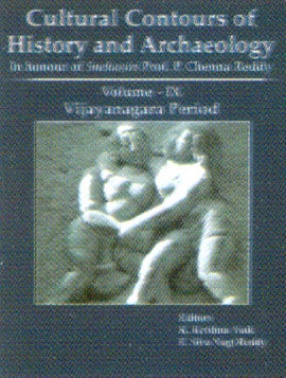

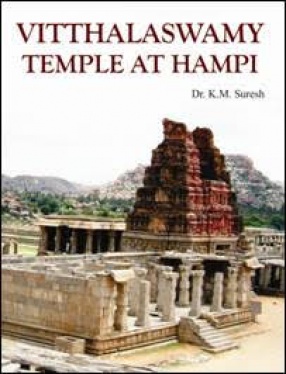
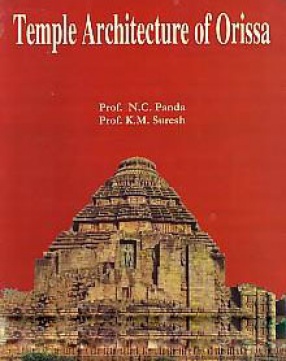
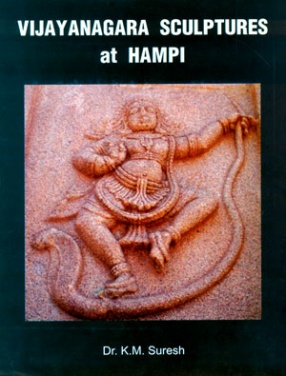
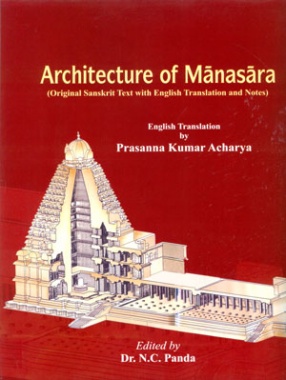
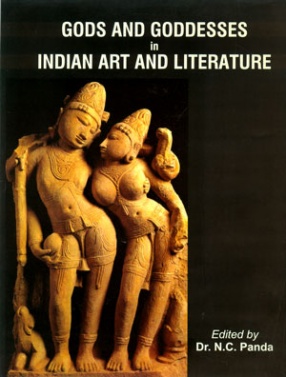
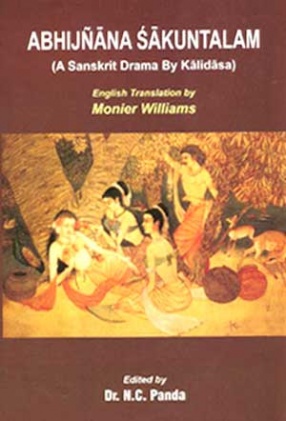
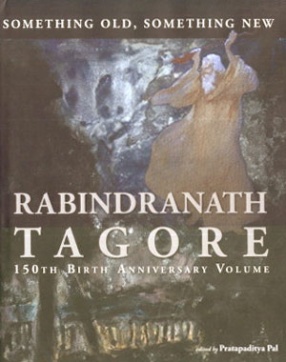
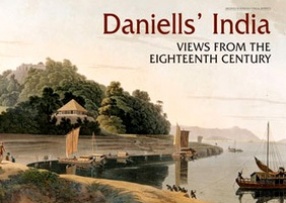
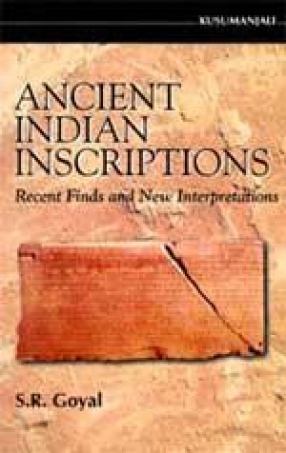
There are no reviews yet.